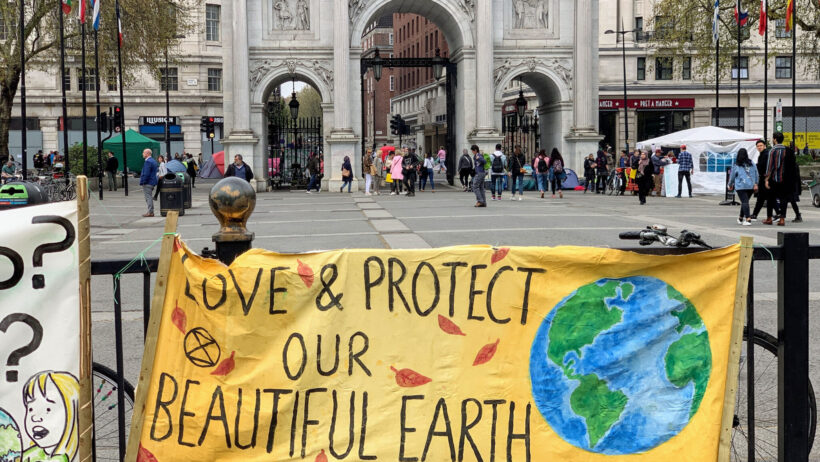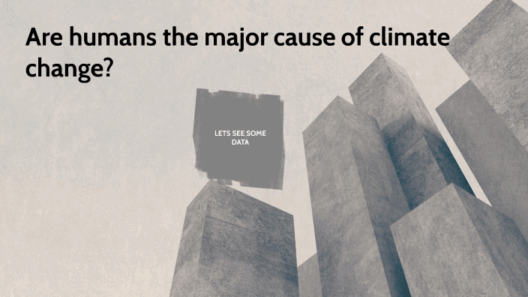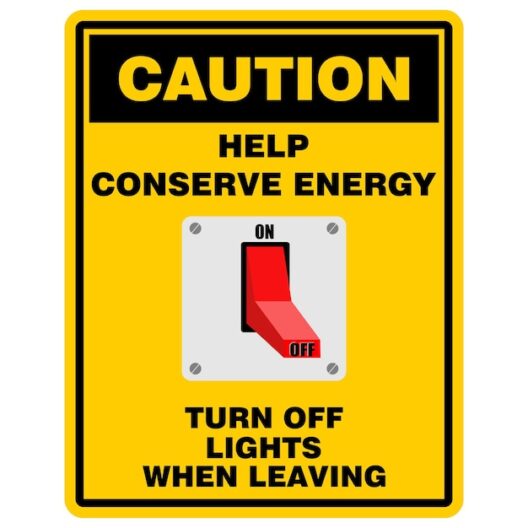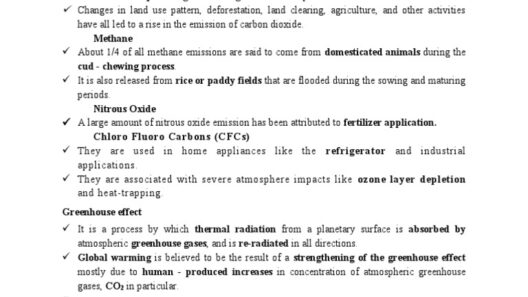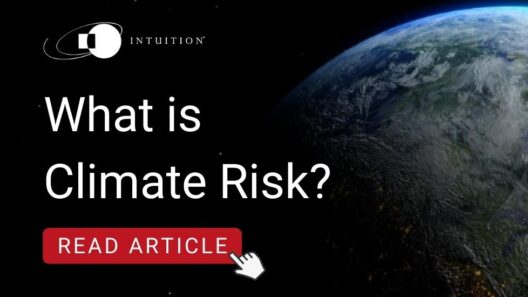Climate change is often discussed as a distant threat, an abstract concept far removed from our daily lives. However, the repercussions of our actions are more immediate and tangible than many realize. The pressing question we must grapple with is: What should we do to stop climate change? The answers lie within a tapestry of interconnected strategies, each woven together by our shared responsibility as stewards of this planet.
One thing remains apparent: momentum is building for an urgent response to climate change. As we siphon precious resources from the Earth, an endearing organism—we, too, must recognize our unique position in the web of life. To splay the way forward, we must first conjure up an understanding of the fundamental causes of climate change, ensuring that the solutions we seek are both profound and multifaceted.
Recognizing the Culprits
The pervasive essence of climate change can be traced back to the accumulation of greenhouse gases in our atmosphere. Carbon dioxide, methane, and nitrous oxide form a blanket, trapping heat and leading to a gradual increase in global temperatures. But what generates these harmful emissions? A variety of human activities, including the burning of fossil fuels for energy, deforestation, and extensive agricultural practices, severely aggravate the situation.
A rigorous understanding of these activities enables us to identify ways in which we can mitigate their impact. The emissions from fossil fuel consumption, for instance, constitute a staggering portion of total greenhouse gases released. By exploring sustainable energy alternatives, we can drastically lower carbon footprints. Transitioning from coal and oil to renewables—like solar, wind, and hydroelectric power—presents a pathway to an eco-friendly future.
Innovative Energy Solutions
Renewable energy solutions should not be mere buzzwords; they must be embraced wholeheartedly. Investing in solar panels brings a dual benefit: it reduces reliance on fossil fuels while simultaneously empowering individuals to harness the sun’s inexhaustible energy. The aesthetic of solar farms, often sprawling across vast fields, symbolizes a progressive shift toward sustainability. Such installations not only diminish greenhouse gas emissions but also create local jobs in the burgeoning green economy.
Wind energy, too, has captured the collective imagination of communities worldwide. Wind farms dotting landscapes create a striking visual—a marriage of nature and technology that stands as a testament to human ingenuity. Turbines capture the fleeting essence of wind, transforming it into a reliable source of electricity. The aesthetic appeal of these massive structures accentuates their functionality, turning once underutilized lands into thriving energy-producing ventures.
Moreover, hydroelectric power channels the flowing dynamics of water into electric energy, presenting another formidable ally in the fight against climate change. These installations, which range from massive dams to small-scale initiatives, underscore how harnessing natural resources responsibly can yield significant benefits. Each renewable source whirls together to outline a robust strategy against climate change.
Reforestation: Nature’s Resilience
While shifting to renewable energy sources is paramount, we must also acknowledge our obligation to nurture and restore the Earth’s delicate ecosystems, particularly forests. Deforestation not only releases vast amounts of carbon dioxide but also annihilates biodiversity. Reforestation efforts hold the promise of sequestering carbon while revitalizing habitats that support myriad life forms.
Engaging communities in reforestation initiatives creates a dual sense of ownership and responsibility. As volunteers populate barren landscapes with seedlings, they knit a bond with nature and inspire others through collective action. The resulting green spaces—not merely aesthetically pleasing but also ecologically vital—become sanctuaries for species as well as communities seeking solace from an increasingly chaotic world.
Food Choices Matter
To tackle climate change effectively, individuals must revisit their most basic choices: What we eat. The agricultural industry significantly contributes to greenhouse gas emissions, driven primarily by livestock production. A shift toward plant-based diets can yield substantial reductions in our fed carbon footprints, while also promoting ethical consumption practices.
The aesthetic appeal of vibrant fruits and vegetables should entice our palates. Community-supported agriculture fosters a reconnect with local food sources, bolstering the economy while simultaneously curbing transportation emissions associated with long-distance shipping. Establishing urban gardens and farmers’ markets not only facilitates access to fresh produce but cultivates an atmosphere of sustainability within communities.
Collective Action for Change
Beyond individual choices and energy sources, collective action serves as a formidable catalyst in combating climate change. Join together through grassroots movements, policy advocacy, and participatory governance to amplify the call for sustainable practices. Global events like Climate Strikes, orchestrated largely by youth, electrify the conversation. They galvanize communities to demand swifter action from policymakers, embodying a united front against environmental threats.
Moreover, lobbying for policy changes can create systemic shifts necessary for long-term impact. Engaging in local and national governance allows citizens to shape the narrative surrounding climate action, gifting them agency in an otherwise overwhelming discourse. Are we content watching the climate crisis unfold, or will we rise in chorus to reclaim our future?
In conclusion, the quest to combat climate change rests not solely on the shoulders of policymakers or corporations. It is a shared undertaking, one that extends into the choices we make every day. Embracing renewable energy, protecting our ecosystems, revamping our diets, and participating in societal discussions can invoke transformative change. Every small action, when woven together, creates a robust tapestry that can shield our planet from the perils of climate change. Now, as we stand at this critical juncture, let us imbue resilience into our resolve, ensuring a thriving Earth for generations to come.



